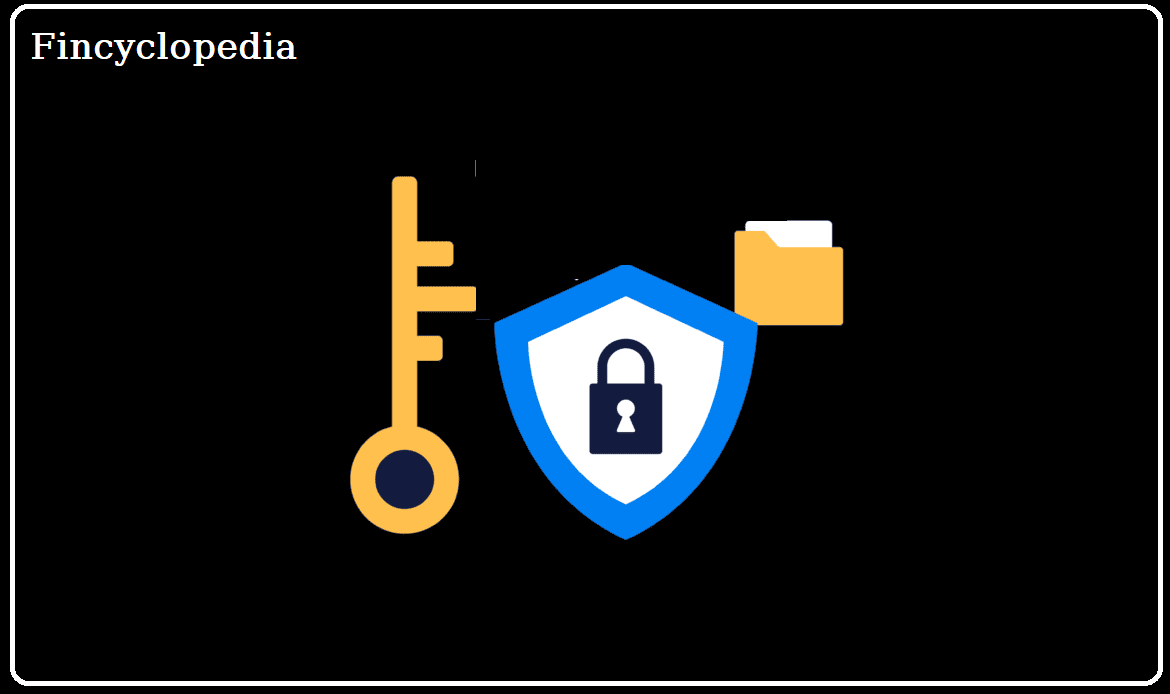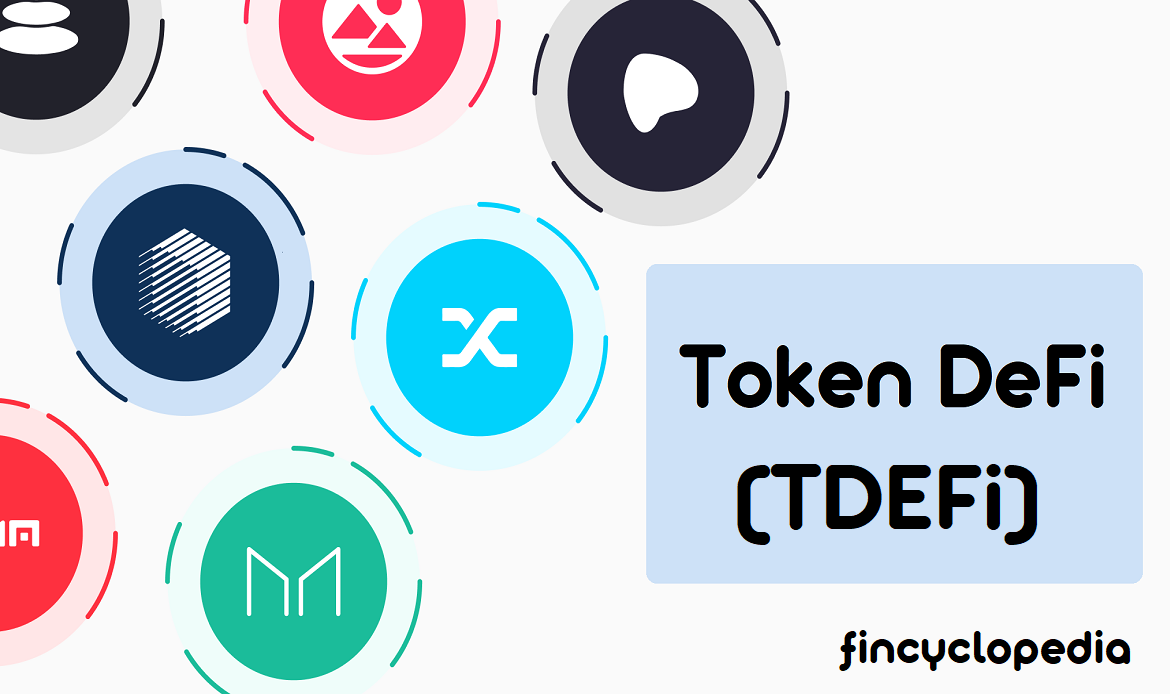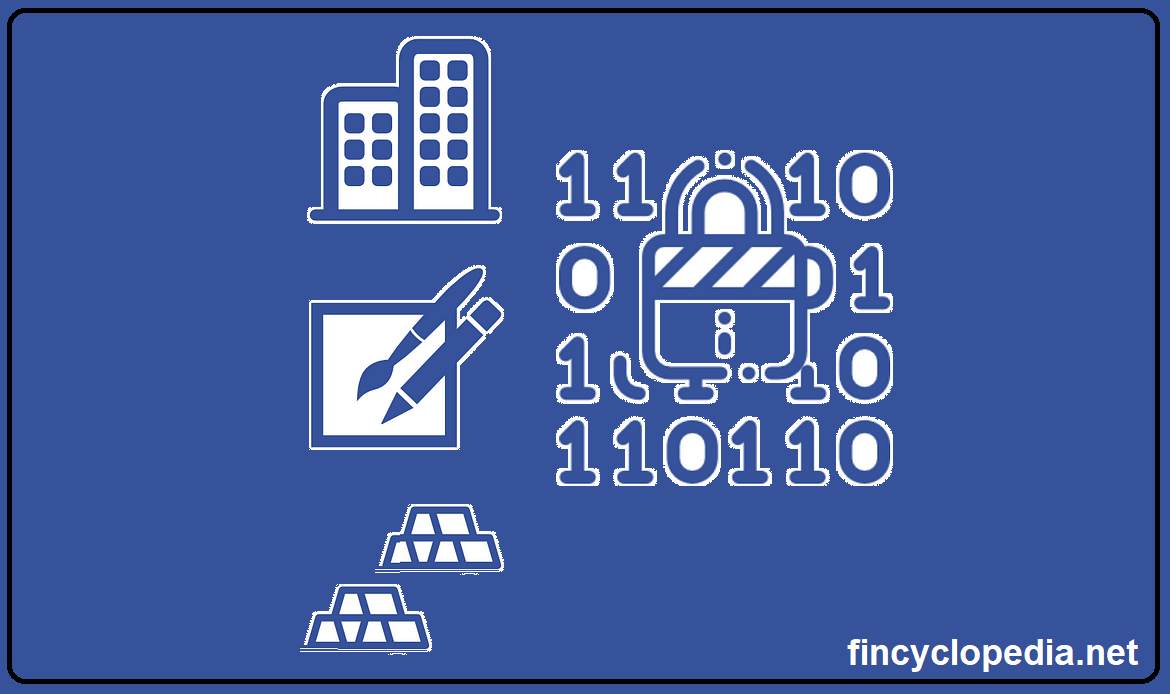
Concept
Bond tokenization is the process of converting traditional bonds into digital tokens that represent ownership of the bond reflecting rights in the bond, including contractual interest payments (coupons) and redeeming the principal at maturity, but in a digital format. Tokenized bonds are sold to investors by means of security token offering (STO)- an offering that involves issuing security tokens to users and investors in the market. Similar to an initial public offering (IPO) in the field of investing and investment banking, an STO (security token offering) revolves around issuing divided shares (units) in an asset or venture or project, or in a debt (a financial security or share of stock in an IPO or units of debt in a bond IPO, and a token in the case of STO). Tokens, per se, represent assets and are listed on networks/ platforms in a process similar to conventional offering.
Benefits
In all its forms, tokenized debt is perceived to be a breakthrough innovation in the financial landscape, whereby traditional debts are transformed to a digital format. The process completely changes how debt is issued, managed, and traded. Capitalizing on blockchain technology, the debt instruments provide a host of benefits including enhanced liquidity, cost-effectiveness, and improved transparency, making debt instruments more tradable in the market and more attractive to a broader range of investors. Tokenized debt instruments digitize traditional financial products using blockchain technology, which also enhances efficiency and security. To that end, these instruments utilize smart contracts for automated processes. Furthermore, fractional ownership of tokenized debt (fractionalization) lowers investment barriers, making markets widely accessible to different types of investors. Fractionalization means simpler representations, making tokenized debt immediately available to market participants, irrespective of size.
In addition to the above, debt tokenization provide other certain benefits:
- Universality: the ability to trade underlying debt by means of standard representations across different countries, worldwide.
- Huge potential: given the size of the debt market, the potential for debt tokenization seems to be unlimited, even exceeding the size of the global stock markets. This potential can be translated into enhanced market liquidity and debt tradability. This includes OTC trading that suits most of debt vehicles in the world. Debt-based security tokens can provide a streamlined, digital footprint of the transactions.
- Composability: debt is easily composable in terms of the ability to create a series of tokenized real assets into crypto securities. For example, real estate leases can be put into a crypto security representing a collateralized debt obligation (CDO). Debt structures utilizing on-chain representation of debt/ debt instruments also helps to bring more transparency as to the structure, tokenized debt holders, risk-return profile, etc.
- Releasing potential liquidity locked in certain types of assets: converting the nature of an asset class into a debt-like tradable security token can release the potential, untapped liquidity as to certain types of derivative instruments (e.g., futures).







